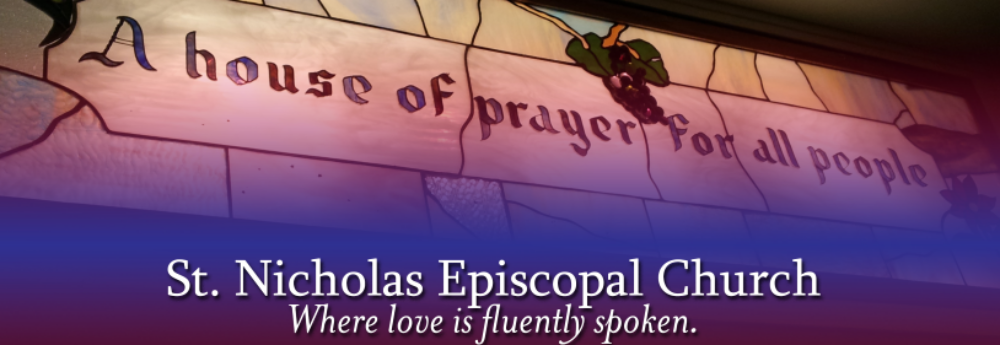As seen in The Lead:
The Associated Baptist Press is reporting on an architectural revival, of sorts, among Christians trying to get away from sterile, stadium-like box-shaped megachurches. Tim Blonkvist, an Episcopalian and one of the architects profiled in the piece, says that church buildings are “Gods calling card,” and, as the article continues: Almost everybody who commutes to work or school drives by one or a dozen churches every day. Those structures either grab the attention of passersby – and, like the Gothic cathedrals of old, perhaps steer their thoughts heavenward – or they blend into an increasingly nondescript urban landscape.
Christian architects like Blonkvist and Cook are passionate about their work with churches. But they are troubled by what many congregations have been building lately – “big box” churches that look like warehouses or office buildings, denominational cookie-cutter models, and prefabricated buildings built as fast and cheaply as possible.
But after 300 years of mostly plain, utilitarian buildings – capped by three decades of what Cook calls megachurch “monster barns” devoid of Christian symbols – American Christians are poised for a revival in their church architecture. The architects say there is a hunger for spiritually expressive buildings that recapture a sense of sacred space, are rooted in a congregations specific location and lifestyle, use indigenous artwork and symbolism, and are environmentally sensitive.
The architects agreed the tide is turning – both in the church and culture – toward more overt spiritual values, and the days of spiritually neutral churches may be ending.
St Nicholas isn’t a big box church, it’s more of a “band-box” church: it’s got a semicircular curve to the front wall of the sanctuary, but then it squares up at the back. The current entrance has you come in the gathering space, which is full of people and coffee hour preparations, and it also serves as the food pantry area. You continue back towards the entrance to the sanctuary, which opens out to your left. It’s kind of a squeeze when there’s a crowd of people waiting to process in, such as for the Christmas Eve 9PM liturgy, but it opens out as you get in.
We’re not large, but we rejoice in a really flexible worship space that Father Steve loves to re-organize on a regular basis along lines that are connected to the liturgical year. Currently, when you come in, all the chairs are arranged around the altar in concentric circles. During Advent, they were arranged in monastic rows, facing one another, with the altar moved to the west side and the lectern arranged at the east side, with a wide central aisle. When Lent begins, they’ll be re-arranged again, and the baptistery/fountain area will be curtained off.
In a sense, it’s musical chairs, but the rearrangements help us to experience the liturgy and each other in new and different ways. We literally re-orient ourselves to the symbolism of the Altar and the Good News as the year progresses, not unlike sunflowers in a garden, tracking the heat and light of the sun.
Someday, we hope soon, a new addition will be built that will double our space for the programs and Christian education classes we now have, and to enable us to do even more. Until then, we’ll continue worshiping outside of the box, as it were.



